Darley Abbey - Heritage Walk No. 4 - The Church
w/e 16 February 2014
All of this week's pictures were
taken with a Kodak DX6490

This fourth Heritage Walk at Darley Abbey is double
the length of the third walk but still measures only about half
a mile in total. It begins once again at the information board
B near the gates to Darley Park.
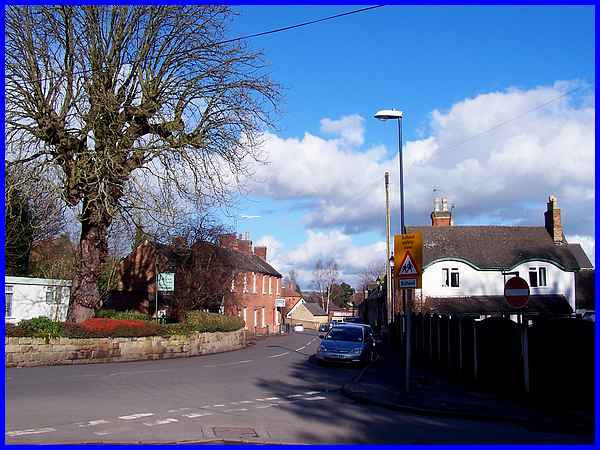
With our backs to the board we turned left into Mile Ash Lane
for the third walk and the fifth walk will commence by turning
right into New Road but this walk is straight ahead to Abbey
Lane.
|
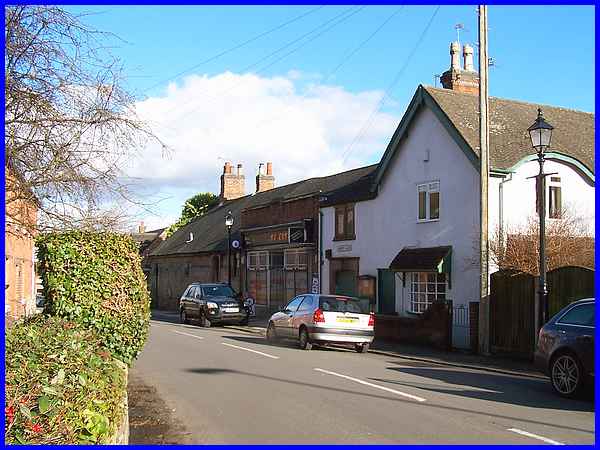
Abbey Lane was also known locally as Shop Row and the village
shop on the right hand side has been, to quote from the leaflet
describing all the walks, "part of the scene since the development
of the mill village."
|
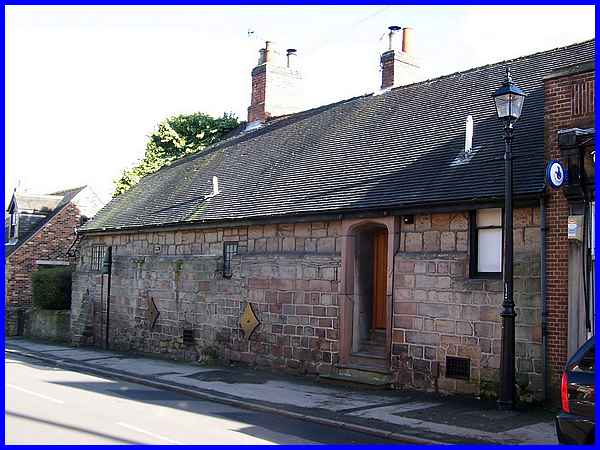
Next to the shop are buildings that are believed to contain stone
from the walls of the former Abbey that gave its name to the
village.
|
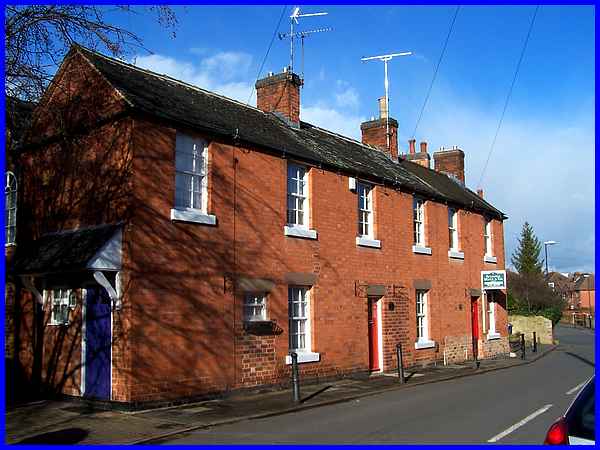
On the opposite side of Abbey Lane are cottages pre-dating the
workers' cottages that we have seen previously in our walks around
Darley Abbey as they were part of the village before the Evans
family started their building programme to house the people who
worked at their mills.
|
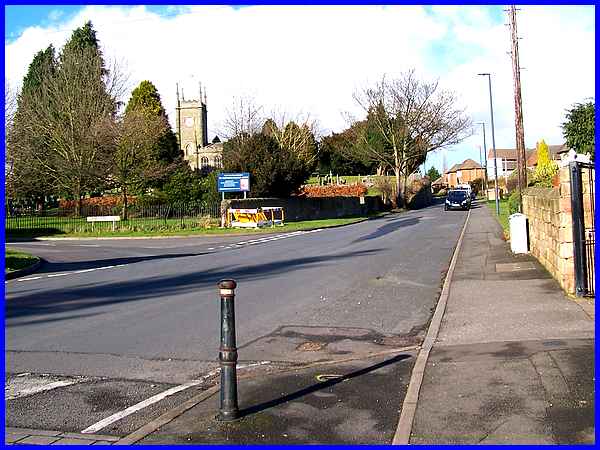
Abbey Lane continues across Old Lane and becomes Church Lane
as it ascends the hill passing Darley Fields Drive on the left
on its way up towards St Matthew's Church. Apart from the church
the buildings here are of much more recent construction than
those seen in Abbey Lane.
|
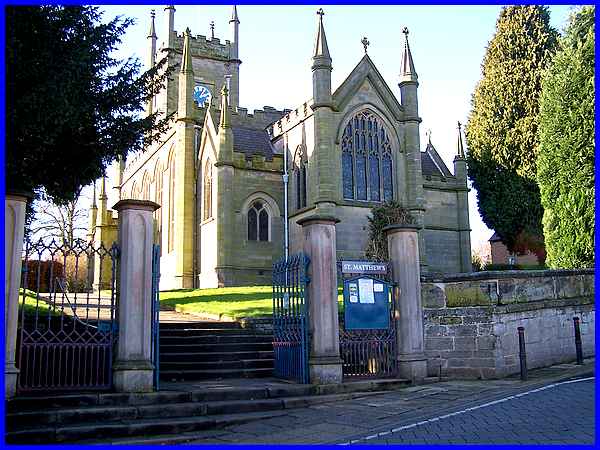
We continued up the hill and climbed the steps into the churchyard.
It was back in the 1780s that Thomas Evans built his first mill
in the village and his son Walter, built St Matthew's Church
for the mill workers between 1817 and 1819, the church being
consecrated on his 55th birthday on June 24th.
|
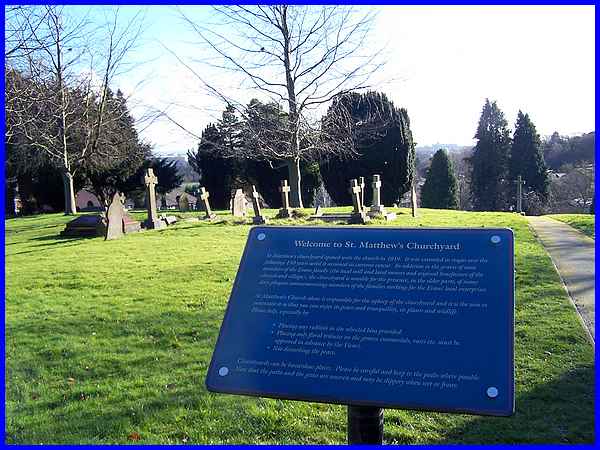
The church was closed when we were there but inside are several
reminders of the Evans family not least being the east window,
a memorial to the second wife of Walter Evans II and their son
Arthur. The crypt of the church contains the remains of nine
members of the family and more are buried in the churchyard.
Although I had a brief scout round for the headstones I didn't
find any but if I had researched more thoroughly before going
there it would have been easier to spot them as, unlike the others
that lie in an east-west alignment, the Evans family graves line
up to face the mill. This is so that on the day of resurrection
they will be overlooking the mill that Thomas founded.
|
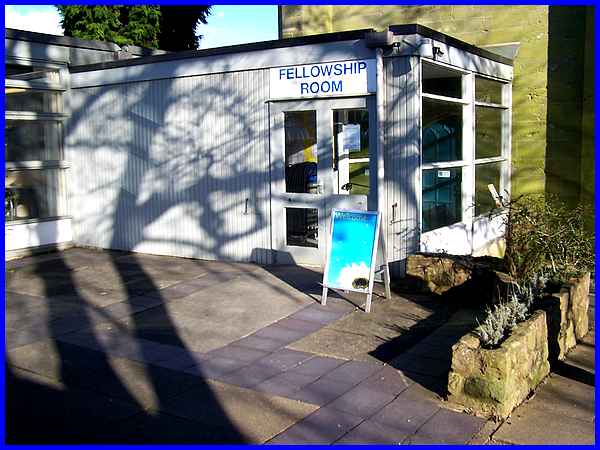
The Fellowship Room at the church is used for both church and
community activities and there are a number of engraved slate
tablets in the paving outside.
|
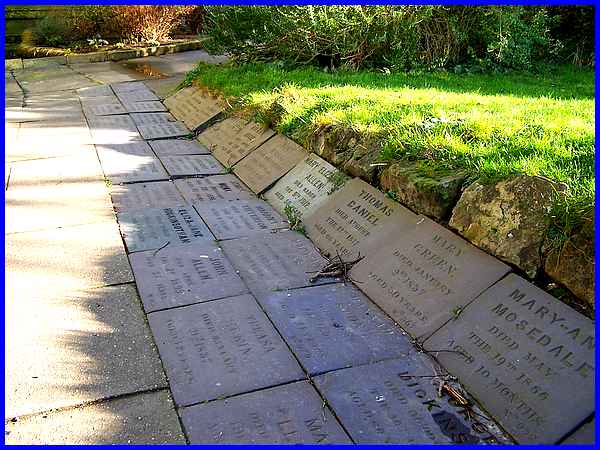
The tablets, which were paid for jointly by the worker's family
and the Evans, identify the graves of mill workers and their
families. It was quite a sobering experience reading some of
the inscriptions. For example the one in the bottom right hand
corner of this image shows that Mary-Ann Mosedale died on May
19th 1866 aged only 10 months and nearby another showed that
George Thornhill who died July 6th 1826 was only two weeks old
when he died. Many of the adults too didn't live to ripe old
ages.
|
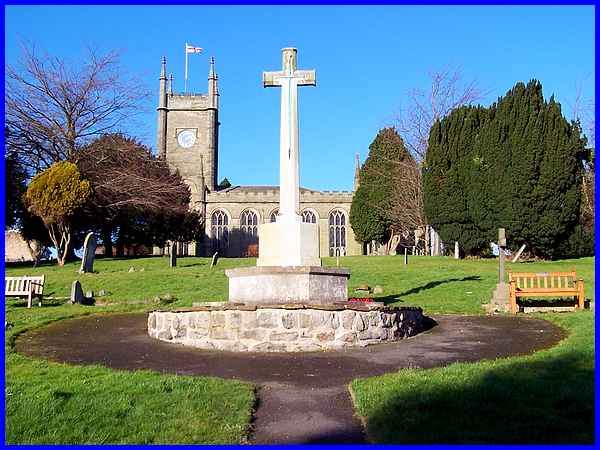
We returned to the start of this walk along Church Lane and Abbey
Lane walking down the hill from the church passing the War Memorial
in the process. The memorial contains the names of villagers
who lost their lives in the two World Wars plus a more recent
addition of a sailor who died during the Falklands conflict in
1982.
|

